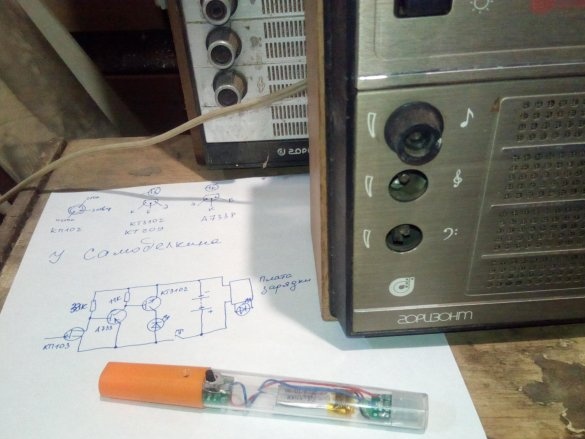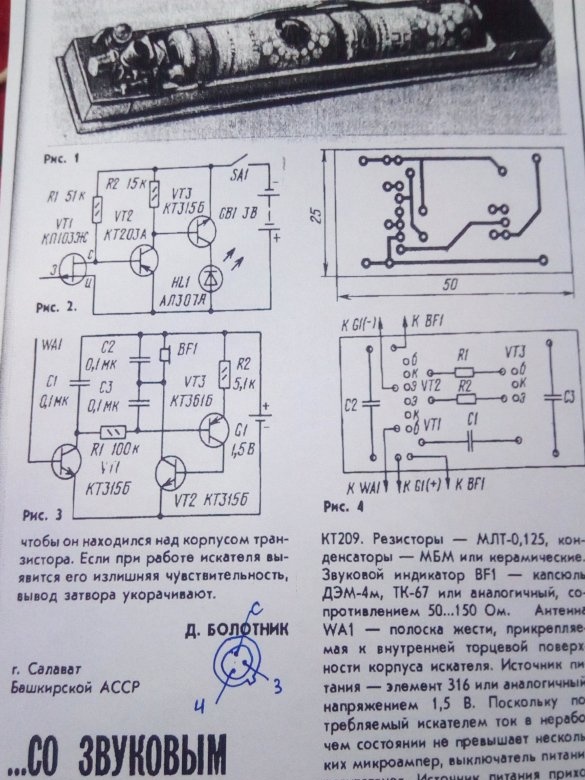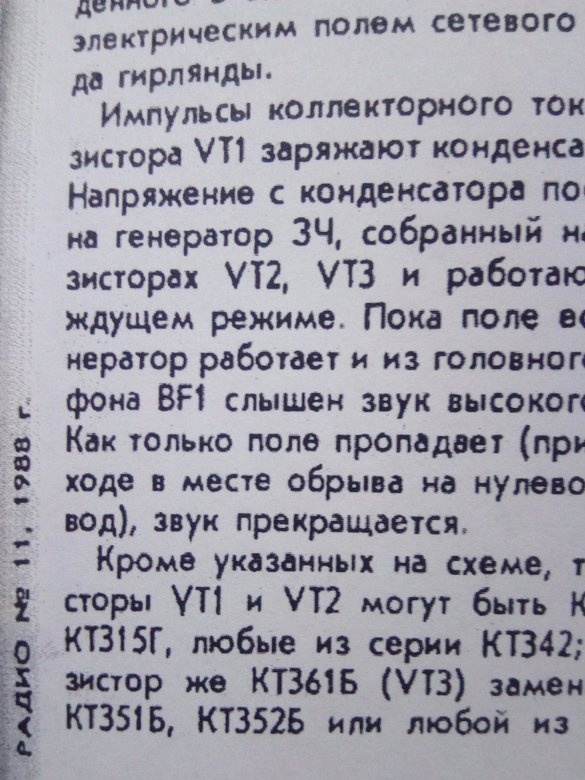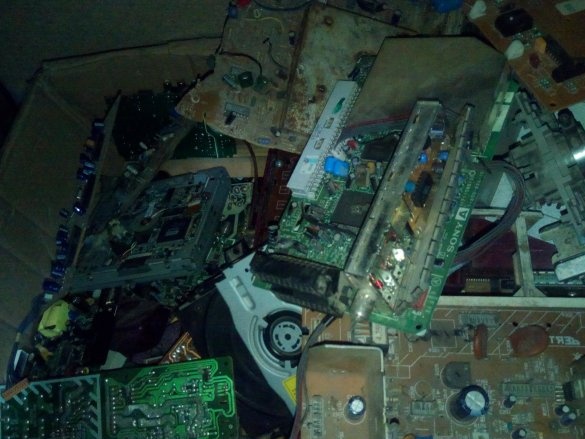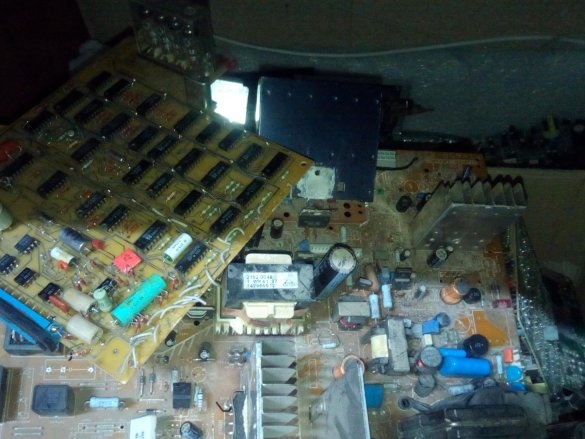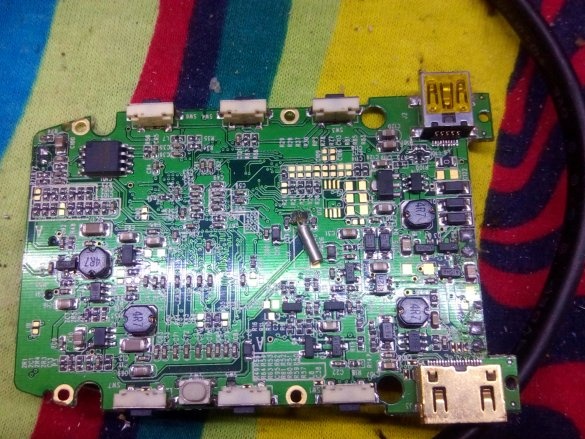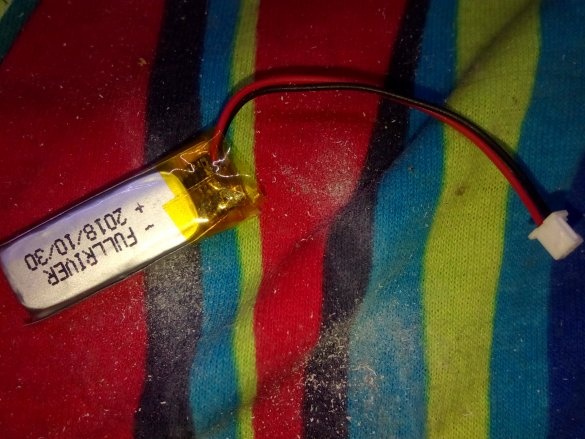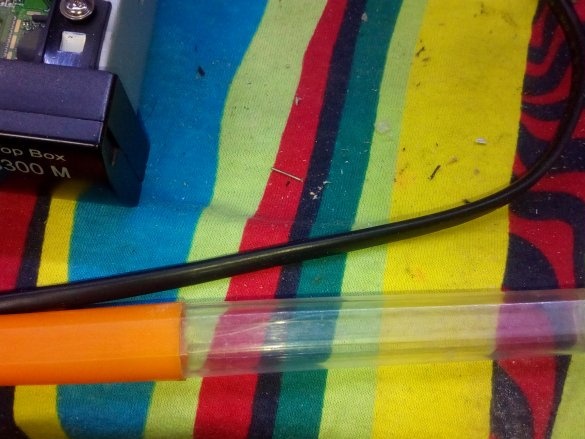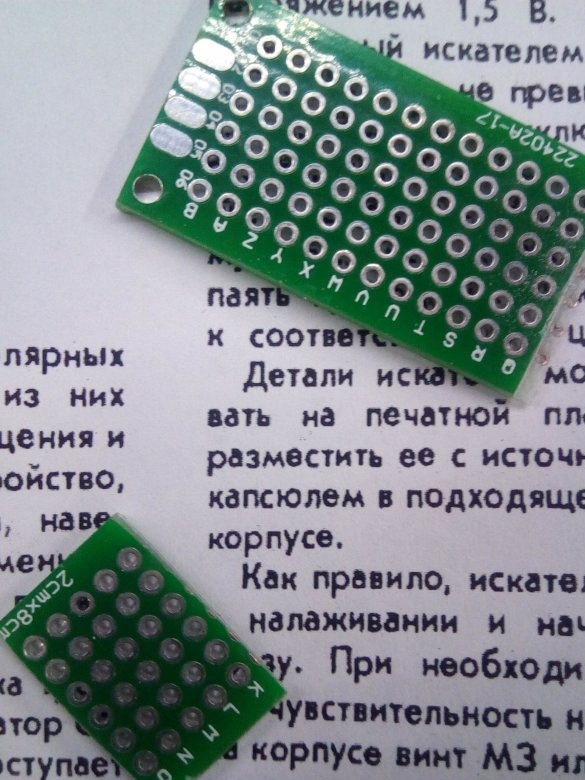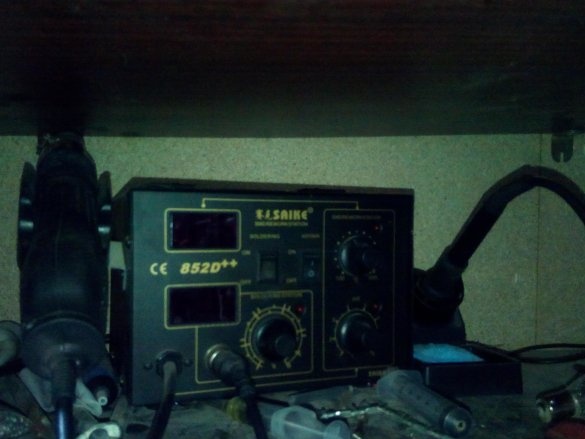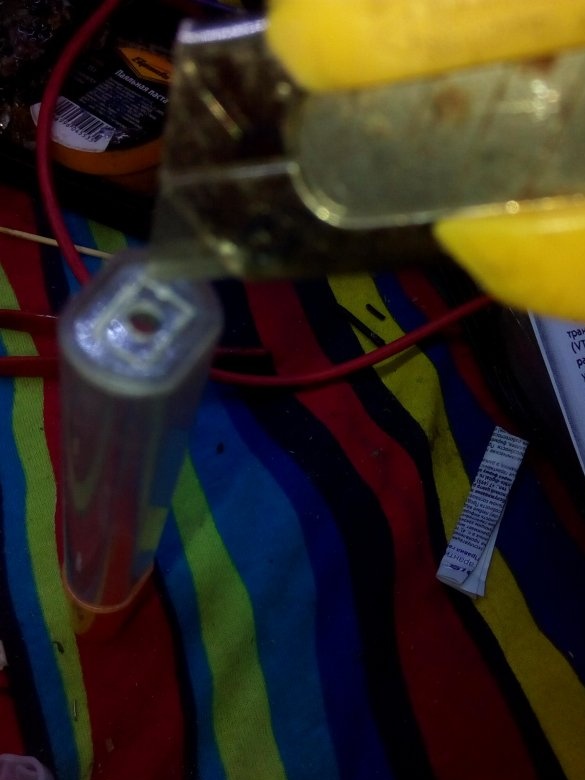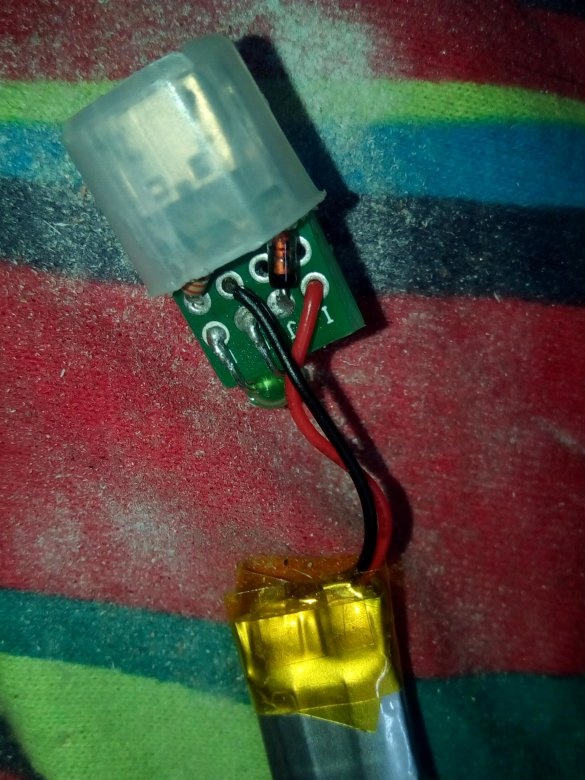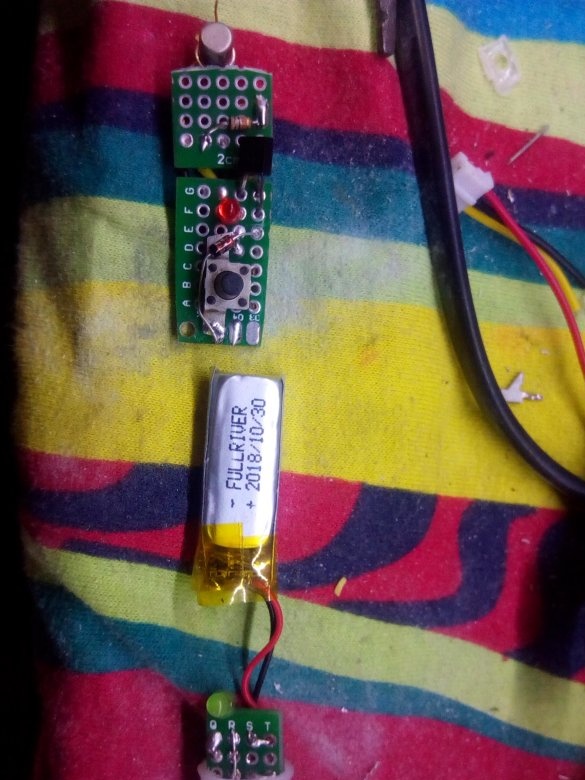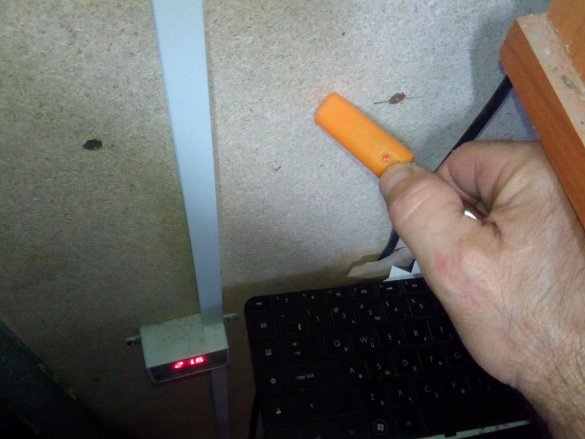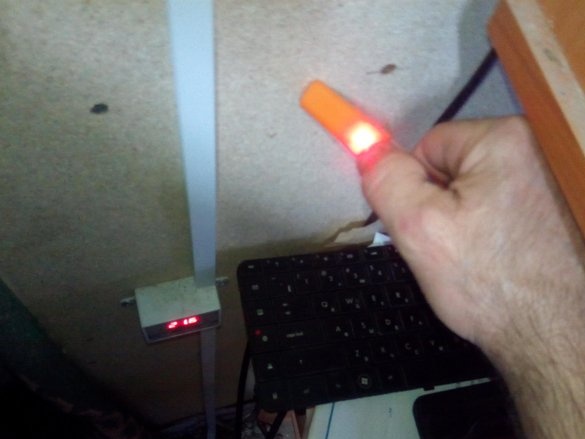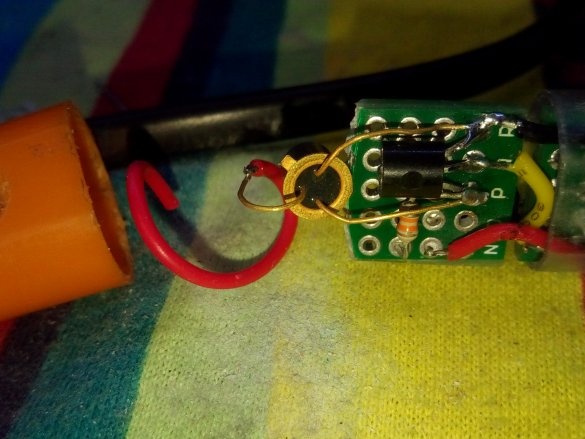There was a need to determine the presence of electrical wiring under the plaster. We are looking for a solution to the problem.
The following scheme was found in the archives:
The magazine "Radio" No. 11 for 1988. The author of the article is D. Bolotnik from the city of Salavat of the Bashkir Autonomous Soviet Socialist Republic.
We will use radio components that we extract from donors.
Instead of galvanic cells, we will use the battery from a dead DVR.
We supplement the circuit with a board for charging via micro USB.
The case can be used from anything, with us it will be from a case from a broken medical thermometer.
All installation will be made on fiberglass and AliExpress. It can also be done by surface mounting, it can also be done on a printed circuit board, as in the original.
We will need:
Soldering iron with accessories.
Multimeter.
Screwdriver.
Knife.
Glue.
Details:
Transistor KP103ZH. (can be replaced with any imported equivalent)
Transistor KT3102. (we use instead of KT315, any n-p-n will do)
Transistor A733P. (use instead of КТ203, any p-n-p will do)
51 kΩ resistors and 15 kOhm. (we used 33 and 11 kOhm)
LEDs from an old (killed by a thunderstorm) router.
The button is from him.
Charger socket from the DVR.
Mounting wire.
Cut a window for the charging socket.
We also cut and install the charging board to the nylon insert from our case.
We make installation according to the scheme.
We insert the boards in the case, glue it.
Tests
A small antenna was added to increase sensitivity.
The accuracy of determination is from 1 to 5 cm. Which, in principle, is enough to not break through, accidentally wiring when drilling holes.


